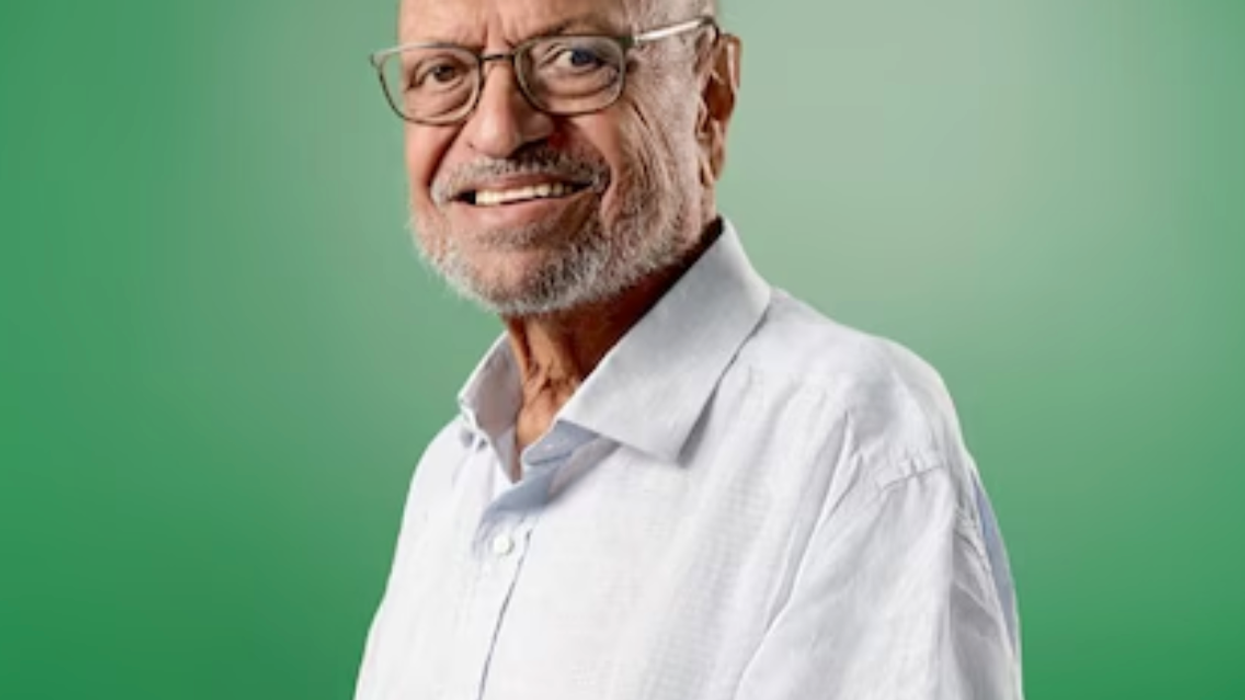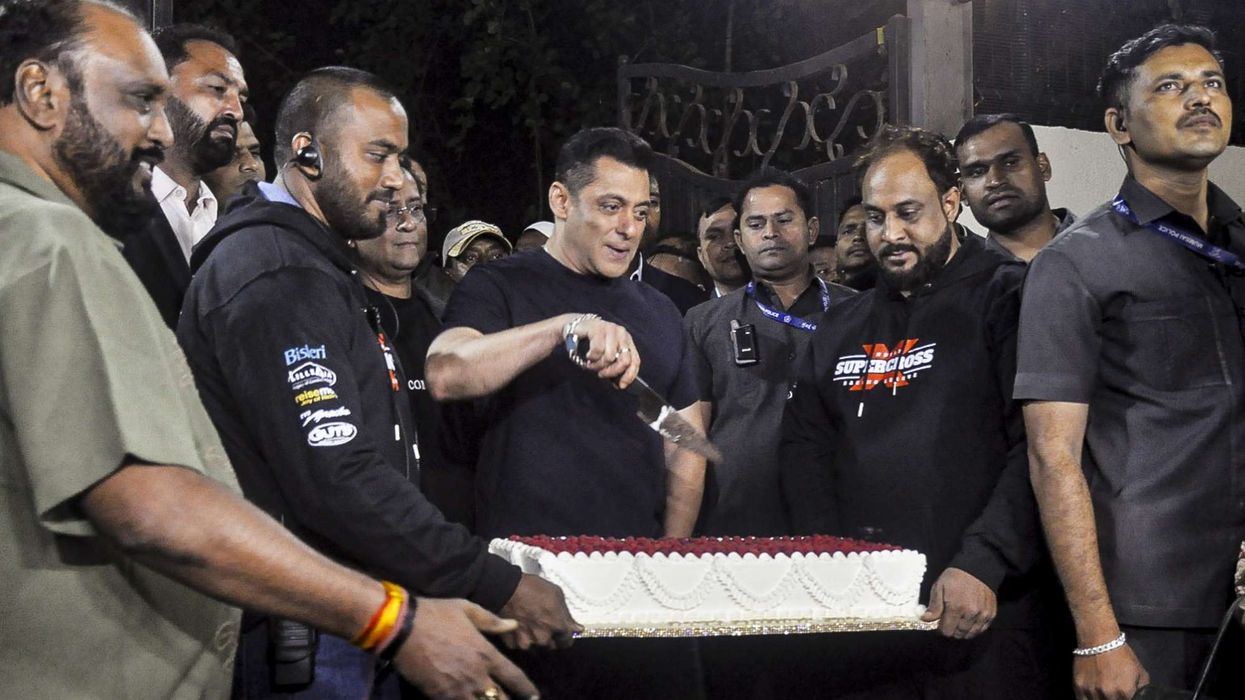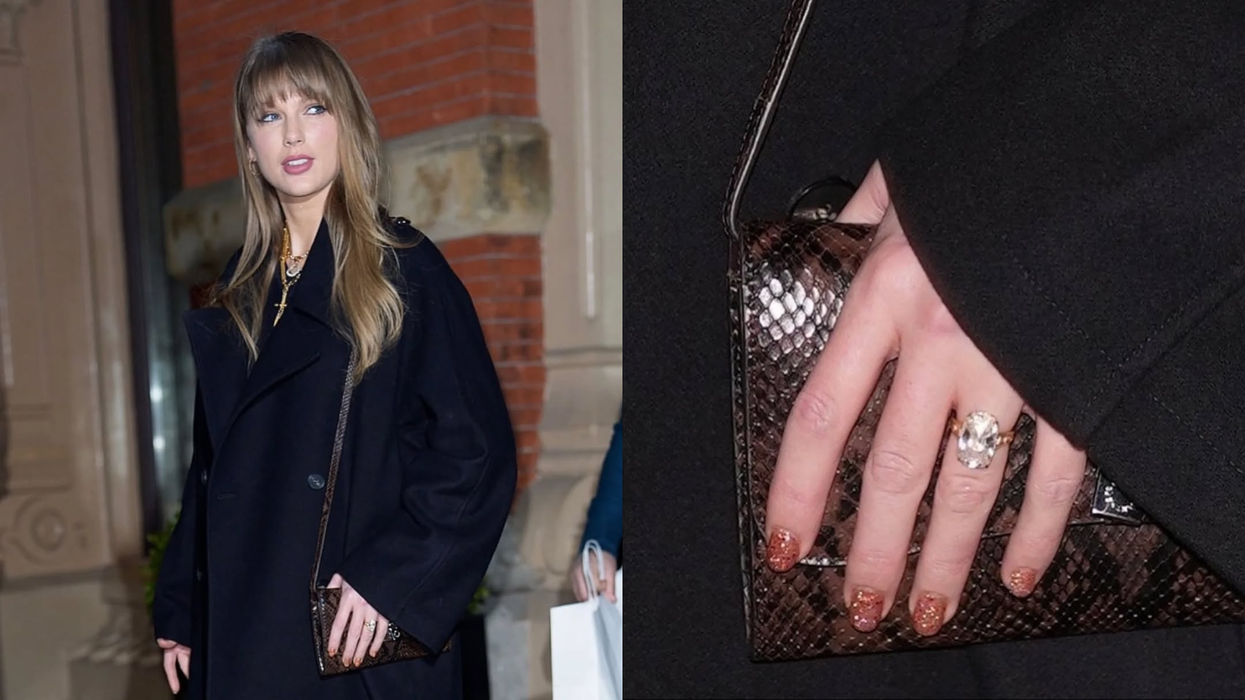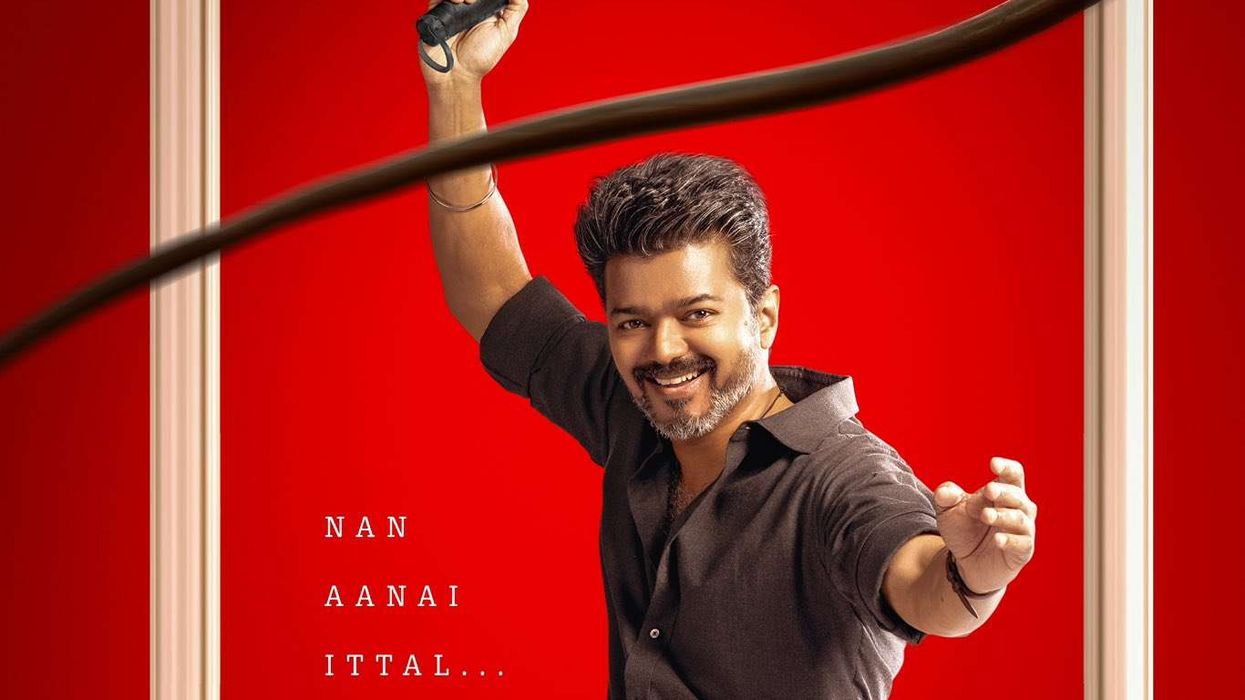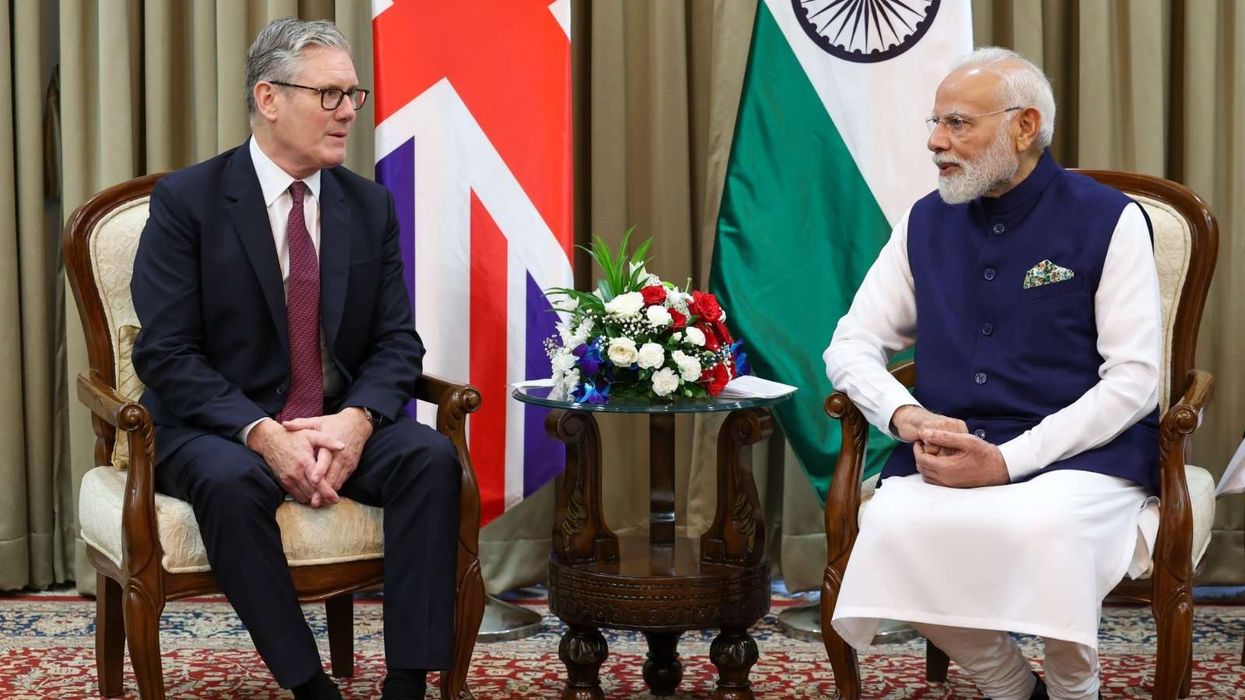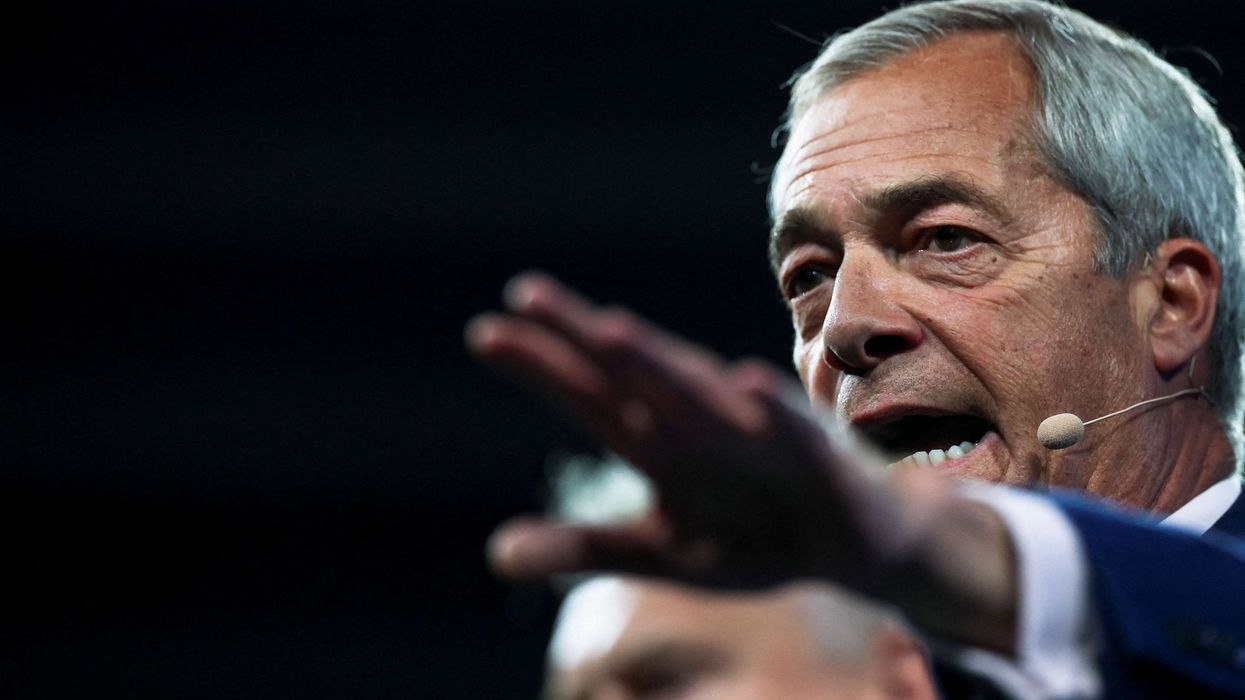Filmmaker Shyam Benegal, the guiding light of Parallel Cinema movement of the 1970-80s, passed away on December 23 due to Kidney-related ailments in Mumbai. He was 90. The director celebrated his 90th birthday just nine days ago on December 14. In the hours following his death, many important personalities, including Indian Prime Minister Narendra Modi, President Droupadi Murmu and a host of film personalities paid tributes to the pioneers of the Indian parallel cinema movement.
Filmmakers Hansal Mehta, Shekhar Kapur, and cine stars Manoj Bajpayee, Akshay Kumar, and Kajol paid homage to Benegal, calling him a master storyteller who revolutionised cinema and inspired generations with his films.
Shyam Benegal, celebrated for poignant and hard-hitting films like Ankur, Nishant, Mandi, Manthan and Zubeidaa, examined the main fault lines of Indian society, dealing with issues of caste, feudalism, and women’s emancipation while effortlessly and relentlessly experimenting with the cinematic form. His vast filmography boasts several masterpieces that transformed the course of Indian cinema. While working frequently with state support, he also produced several films under the banner of Sahyadri Films.
Benegal was admitted to the ICU at Wockhardt Hospitals in Mumbai. His daughter, Pia Benegal, confirmed the news of his death to PTI: “He passed away at 6.38 p.m. at Wockhardt Hospital Mumbai Central. He had been suffering from chronic kidney disease for several years but it had gotten very bad. That’s the reason for his death,” she said.
